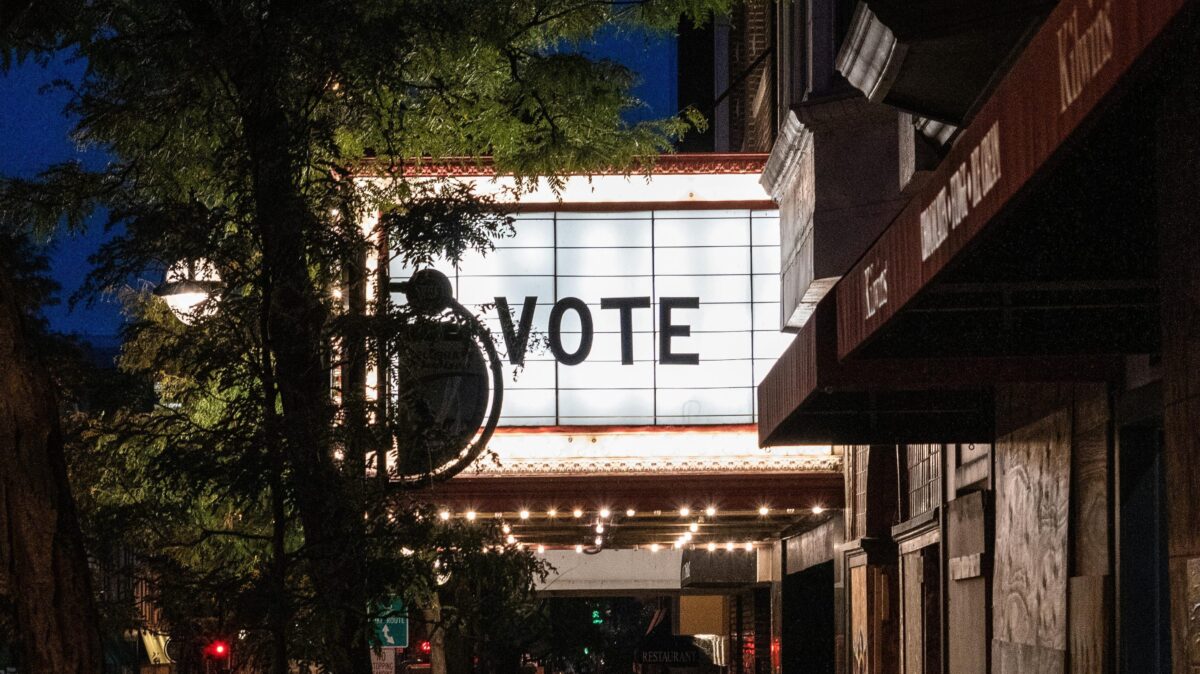2024 Iowa Republican Caucus Analysis
Michael Sistak
Director, Advocacy & Political Management

photo credit: Noah Pederson | Pexels
Michael Sistak
Director, Advocacy & Political Management
If there was any doubt that former President Donald Trump did not still have a firm grip on the Republican Party, the results of the Iowa caucuses have put that to rest. Trump romped to a 30-point win over his nearest competitor, taking in 51% of the votes and winning 98 and the state’s 99 counties. The first caucuses to report their results, combined with the data from entrance polls, led all major news networks to declare Trump the winner within about 30 minutes of the caucuses opening. While Trump’s dominance in the GOP is assured, the Iowa caucuses revealed plenty of general election warning flags for him.
Trump’s backing in the state is both wide and deep. Trump has largely consolidated evangelical support, winning northwest Iowa counties, which have the heaviest concentration of evangelicals, with margins in the high-60% to low-70% range. In addition, he won Des Moines and its surrounding suburbs, albeit by narrow pluralities. The only county he lost, Johnson County, home to the University of Iowa, was by one vote. He also showed strength in rural areas, despite a hard play from Florida Governor Ron DeSantis to attract farmers, winning those counties with margins in the mid-50% to mid-60% range.
There is little doubt that Trump won’t handily win Iowa in a general election, as he did in 2016 and 2020. But he still faces a tougher electorate in November, and data from caucus night entrance polls in Iowa give hints of that.
Unaffiliated voters, who made up 16% of the caucus vote, broke against Trump 58-42%. Those numbers are consistent with Trump’s 2020 performance with independents, taking 46% from them in Iowa in 2020 against Joe Biden, and 41% nationwide.
Digging a little further into voter ideologies, Trump finds himself in a deep hole with moderate Republicans, winning only 20% of them. Moderates only made up 9% of the overall vote in Iowa, but 63% of them voted for former South Carolina Gov. Nikki Haley.
While Trump continues to dominate with rural and non-college voters, as he has since he started campaigning in 2016 against Hillary Clinton, he has to improve his standing with suburban and college-educated voters if he wants to win against Biden. The entrance poll shows that voter-rich suburbs in November will continue to be the ultimate battleground for Trump and Biden. In 2020, Trump lost suburbs nationwide 50-48%. In Iowa, he beat Biden in the suburbs 51-48%. In the 2024 Iowa caucuses, though Trump won a plurality of the suburbs with 47% over a fractured opposition, a majority of suburban voters still sought an alternative.